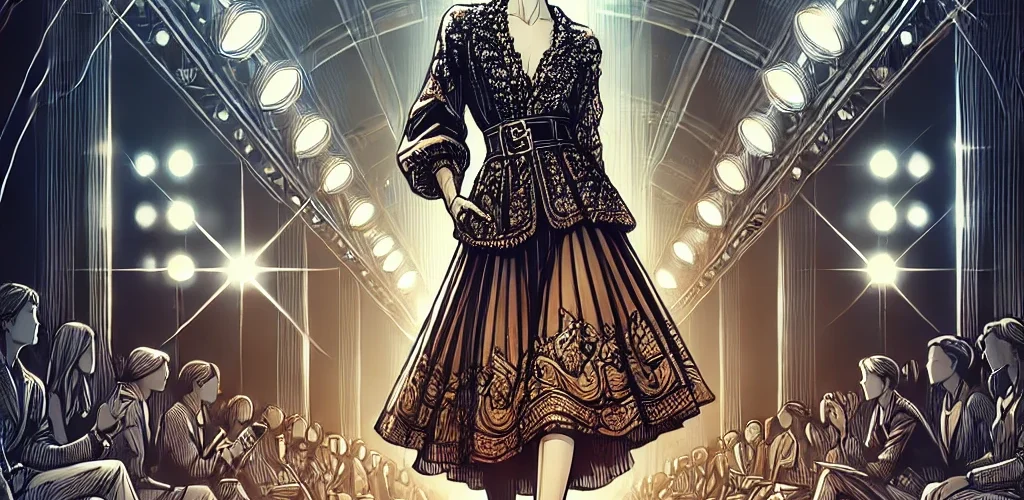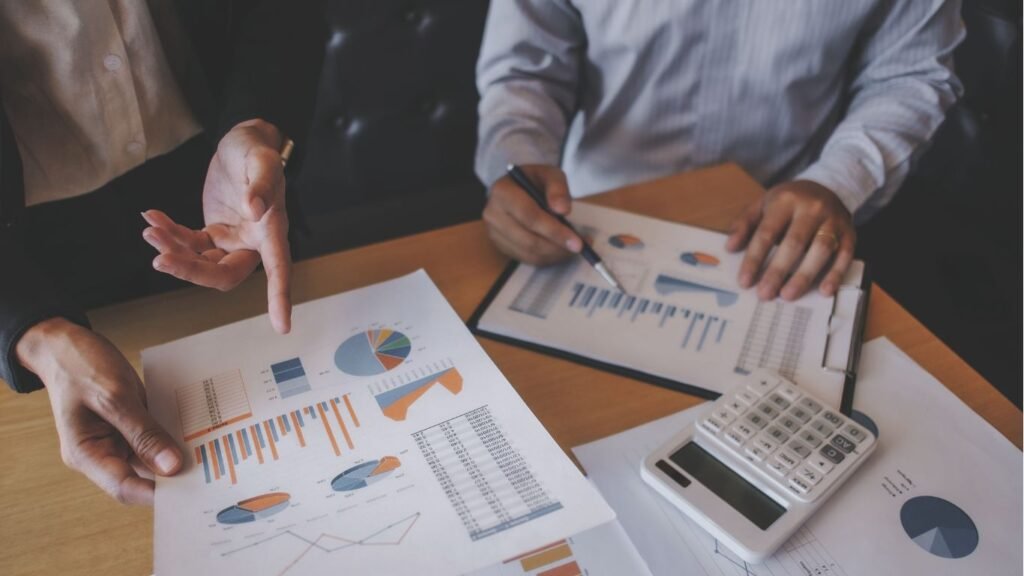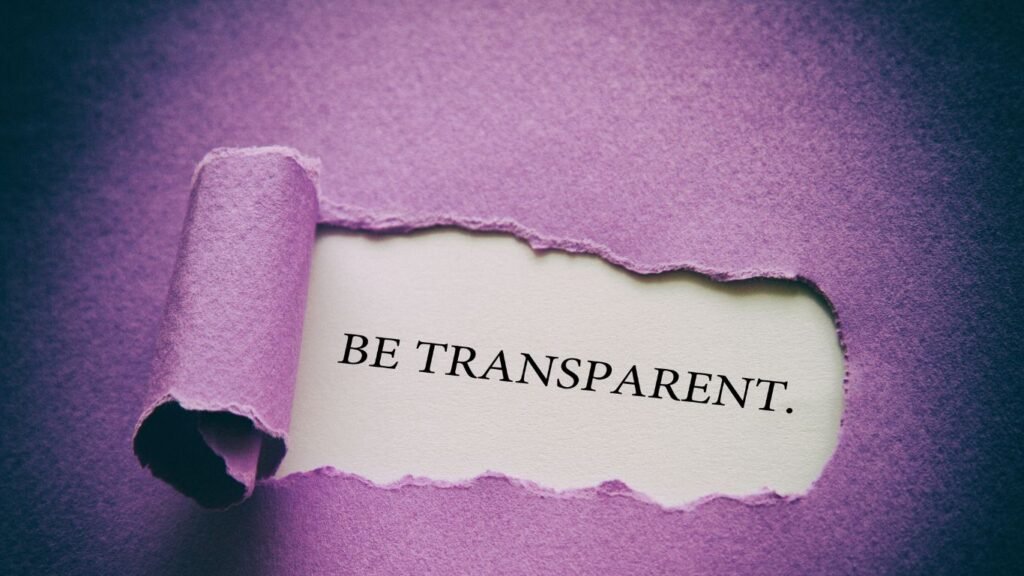Billion-Dollar Fake Designer Industry: Who’s Really Benefiting?

The counterfeit fashion industry has grown into a massive global enterprise. Fake luxury items flood markets worldwide, deceiving customers and draining profits from legitimate brands. The trade in counterfeit goods accounted for around 3.3% of global trade in 2023, and estimates suggest it could reach 5% by 2030, translating to $1.79 trillion. The fashion sector, including apparel, footwear, and accessories, represents a significant portion of this illicit economy.
Fake designer products continue to thrive due to high consumer demand and the lure of cheap alternatives to luxury brands. While some buyers knowingly purchase counterfeit goods, others fall victim to convincing replicas. This growing industry raises questions about who truly benefits and what consequences follow.
The Scale of the Counterfeit Fashion Industry
Counterfeit products make up a significant part of the global economy. In 2019, the trade in fake goods reached $449 billion, surpassing the GDP of several countries. The European Union Intellectual Property Office reported a 5.2% reduction in legitimate sales for the clothing sector between 2018 and 2021 due to counterfeit competition. This loss amounted to nearly €12 billion annually.
Luxury fashion brands suffer some of the worst losses. Fake versions of high-end handbags, shoes, and clothing dominate marketplaces, especially online. Fraudsters use social media and e-commerce platforms to distribute counterfeits, making detection more difficult. Consumers often struggle to distinguish fake products from real ones, further fueling this shadow economy.
Who Benefits from Counterfeit Fashion?
The counterfeit industry thrives because multiple players profit at different stages. Organized criminal networks control most of the trade. These groups oversee production, distribution, and sales, ensuring steady profits. They manufacture fake goods in regions with minimal labor regulations, exploiting workers and paying them low wages.
Retailers selling fake designer goods also benefit. Street vendors, online sellers, and even seemingly legitimate boutiques participate in this industry. Some knowingly sell counterfeits, while others get tricked by fraudulent suppliers.
Influencers and social media personalities also contribute to the counterfeit boom. Many promote dupes or fake designer products as affordable alternatives, pushing sales further. Some influencers receive free fake goods for promotion, adding legitimacy to counterfeit items.
The Role of Consumers in Counterfeit Fashion
Consumers drive the demand for fake designer products. Many choose counterfeits because of the high prices of luxury brands. A study found that 20% of people who buy fakes could afford the real thing but prefer counterfeits for their affordability.
Social media and influencer culture play a key role in increasing demand. Young shoppers, in particular, follow fashion trends and want designer products without paying full price. Some knowingly buy fake goods, while others believe they have purchased authentic items at a discount.
Shoppers who unknowingly buy counterfeits face disappointment and financial loss. Poor-quality materials and flawed craftsmanship mean these items break down faster than real designer pieces. Some fake products contain harmful chemicals or materials, creating health risks.
Impact on Legitimate Brands and Businesses
The fashion industry loses billions each year due to counterfeit sales. In 2024, counterfeit fashion cost the global market over $50 billion. Big brands like Gucci, Louis Vuitton, and Chanel invest millions in legal battles against counterfeiters.
Luxury brands also face reputational damage. Fake designer goods often lack quality, leading customers to associate poor craftsmanship with the original brand. Some customers receive fake items from unauthorized sellers and assume they bought genuine products, further damaging brand trust.
The negative impact extends beyond high-end brands. Small and mid-sized fashion businesses also suffer. Fake fast-fashion and sportswear items have increased, affecting brands like Nike, Adidas, and Zara. These companies must invest in anti-counterfeit measures, further increasing business costs.
Economic and Social Consequences of Counterfeiting
Counterfeit fashion has far-reaching consequences beyond the brands themselves. Governments lose significant tax revenue due to the underground nature of counterfeit sales. In 2022, lost tax revenue from counterfeit sales reached $174 billion globally.
Millions of jobs disappear due to counterfeiting. Factories producing real luxury goods shut down or cut staff when sales decline. Authentic brands struggle to compete, forcing them to reduce costs and sometimes relocate manufacturing to cheaper regions.
The counterfeit industry also exploits labor. Many fake goods come from factories using child labor or forced labor. Workers face unsafe conditions, receive low wages, and have no job security. The money generated from counterfeit sales also funds illegal activities, including drug trafficking and terrorism.
Efforts to Fight Counterfeit Fashion
Luxury brands and governments continue fighting counterfeit production and sales. Brands invest heavily in authentication technologies to track and verify genuine products. Blockchain technology helps create secure supply chains, ensuring transparency. The global market for anti-counterfeit packaging is projected to grow from $165.74 billion in 2024 to $571.77 billion by 2034.
Governments strengthen enforcement by improving border controls and imposing stricter penalties on counterfeiters. Authorities raid counterfeit production hubs, seize fake goods, and shut down illegal operations. However, enforcement remains challenging as counterfeiters quickly adapt and find new ways to distribute products.
Consumer education plays a crucial role in reducing demand for fake goods. Awareness campaigns highlight the dangers of counterfeit products, including poor quality, health risks, and ethical concerns. Some platforms work with brands to remove counterfeit listings, but the rapid growth of e-commerce makes it difficult to keep up.
The Counterfeit Paradox: Does It Help Luxury Brands?
Some research suggests counterfeit goods may indirectly help luxury brands. Counterfeits increase brand recognition and exclusivity. Some shoppers start with fake products and later purchase genuine ones once they can afford them.
Despite this potential benefit, the negative effects outweigh any positives. Luxury brands lose revenue, face legal battles, and suffer reputational damage. The counterfeit industry continues growing, making it difficult for legitimate brands to maintain exclusivity and quality.
Conclusion
The counterfeit fashion industry continues expanding, fueled by demand for cheap alternatives to luxury goods. Criminal organizations, counterfeit retailers, and social media influencers profit the most. Meanwhile, legitimate brands, workers, and governments face financial losses and ethical concerns.
Fighting counterfeiting requires a multi-layered approach. Brands must improve authentication processes, governments need stricter enforcement, and consumers must recognize the true cost of supporting fake designer goods. The counterfeit industry thrives on deception, but increased awareness and innovation can help curb its growth.













